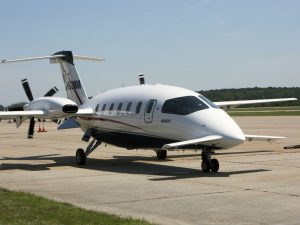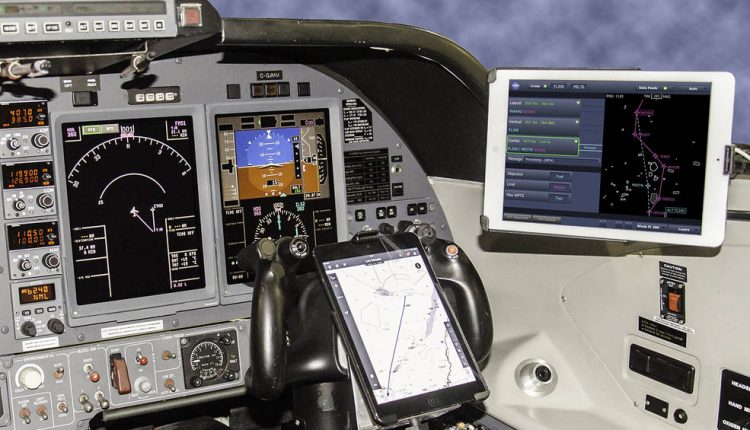New NASA-Developed Technology Could Shorten Commercial Flight Times, Save fuel
Frequent flyers would love it if the duration of their next flight was a bit shorter and airlines wouldn’t mind reducing fuel consumption and carbon emissions.
Thanks to NASA-developed software, two passenger airlines will be testing just how feasible these requests are.
During the next three years, Virgin America and Alaska Airlines will use the Traffic Aware Planner (TAP) application, to make “traffic aware strategic aircrew requests” (TASAR).
“TAP connects directly to the aircraft avionics information hub on the aircraft,” said David Wing, TASAR project lead at NASA’s Langley Research Center, in a press release. “It reads the current position and altitude of the aircraft, its flight route, and other real-time information that defines the plane’s current situation and active flight plan. Then it automatically looks for a variety of route and/or altitude changes that could save fuel or flight time and displays those solutions directly to the flight crew.”
The application can also scan the signals of nearby air traffic to avoid potential conflicts in any proposed flight path changes, so that changing routes will be a bit easier for air traffic controllers to handle.

If an airline has Internet access, TAP will be able to retrieve real-time weather conditions, wind forecast updates and restricted airspace status — all in an effort to make flights more efficient. In order to use, pilots just need to download the software onto a tablet, which many of them already have access to for charts and flight calculations.
Wing and the NASA team have tested the TASAR software on the Piaggio P180 Avanti aircraft, a technology test bed owned and operated by Advanced Aerospace Solutions in North Carolina. Initial testing involved a route-change request and resulted in a shortcut that saved four minutes. The team and test pilot agreed that the system worked pretty well in its test from Virginia to Kentucky.
According to NASA, “even four minutes of flight time shaved off of each leg of a trip made by an airline could result in massive fuel and time savings.”
Testing also includes allowing plenty of pilots and aerospace manufacturers to play with the software.
“Up until now there has been no way to deliver comprehensive wind and congestion data to pilots in near-real time,” said Tom Kemp, Alaska Airlines’ vice president of operations in Seattle, Washington. “TASAR is a ‘super app’ that will give our pilots better visibility to what’s happening now versus three hours earlier when the flight plan was prepared.”
Developers say the new technology won’t require changes to the roles and responsibilities of pilots or air traffic controllers, which would allow the system to be implemented fast and start producing benefits right away.
More information at NASA.

